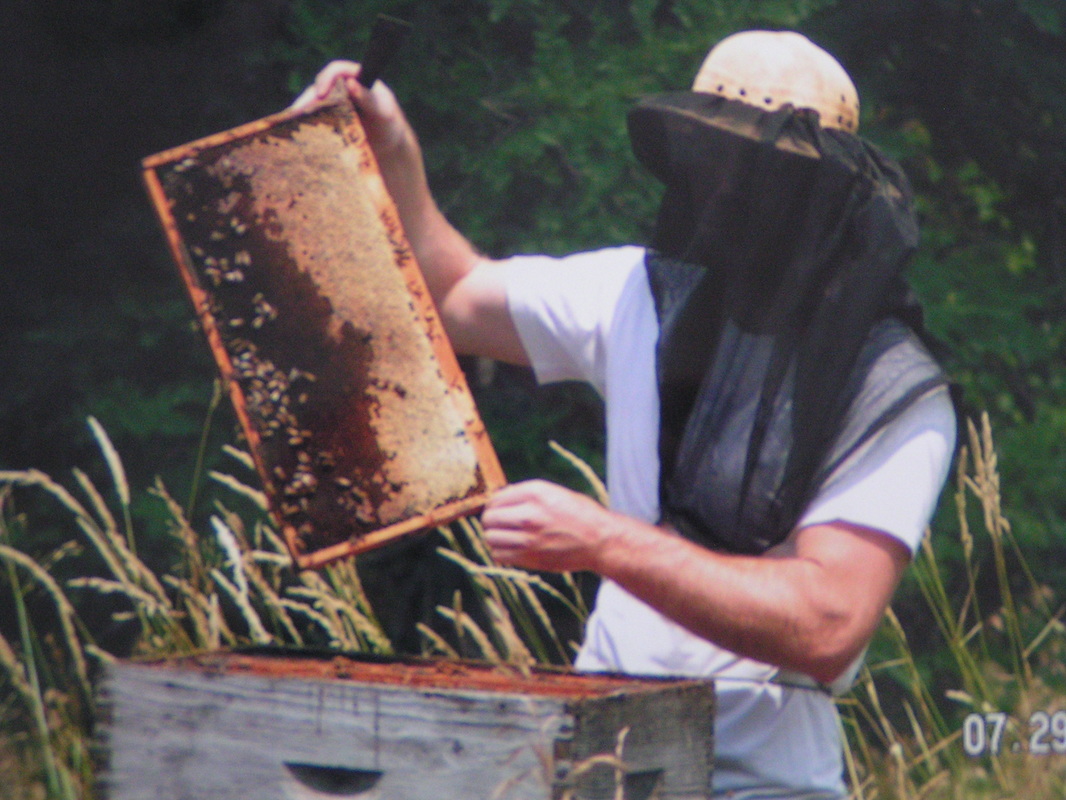"Because of the reduced efficacy of chemicals used to control varroa, attention has turned to the application of non-chemical methods for limiting varroa populations. For example, varroa are attracted disproportionately to drone brood. This has led some beekeepers to practice selective removal of drone brood from bee colonies after it has been capped. This practice eliminates a cohort of varroa mites from colonies. Also popular is the use of screened bottom boards to lower varroa mite populations. Although its level of efficacy is debated, replacing solid bottom boards of a bee colony with screen mesh can reduce varroa populations as much as 14%.
"Without question, the most significant advancement toward controlling varroa non-chemically has come in the realm of bee breeding. A number of bee defensive responses to varroa have been identified and selected for in natural and artificial breeding programs; the most notable of these are hygienic behavior and grooming behavior. Bees that exhibit grooming behavior use their legs to comb themselves. They do this both to themselves and to other bees in the colony. This behavior can increase the number of varroa that fall off of the bees, thus lowering the number of varroa in a colony.
"Hygienic behavior is the most studied of all of the natural defenses against varroa. Although it is not a behavior specifically targeting varroa, its manifestation can lower varroa mite populations within a colony. Bees that are hygienic can detect many problems that affect brood (American foulbrood, varroa, chalkbrood, etc.), even if the brood is capped, and remove the affected brood. Because varroa mites go into cells immediately prior to the cell being capped, hygienic bees are given little time to 'find' varroa before the cell is capped. As a result, hygienic bees have a refined ability to detect varroa in capped cells, remove the capping, and abort the brood. Often, this behavior can lead to the death of the mite, thus lowering varroa populations. It is interesting to note, a heightened form of hygienic behavior called 'varroa sensitive hygiene' (VSH) has been found in some bees. VSH bees are able to detect varroa in capped cells and remove only those varroa that are reproducing."
Publication Number: EENY-473
Authors: James D. Ellis and C.M. Zettel Nalen, University of Florida

 RSS Feed
RSS Feed
